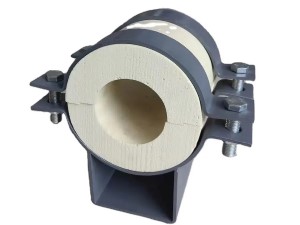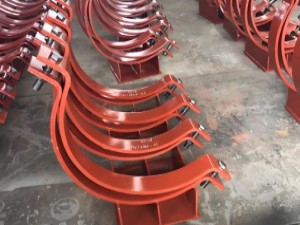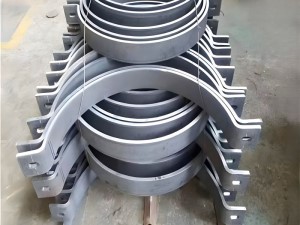FLATTENING TEST & FLARING TEST
Flattening tests are commonly made on specimens cut from tubular products and is conducted by subjecting rings from the tube or pipe to a prescribed degree of flattening between two parallel platens. The severity of the flattening is the measured distance between the platens under a certain load must not be greater than the requirements. A Pass/Fail test, tube flattening is used to determine whether or not the tube will fracture upon flattening.
Tube Flattening testing reveals the compression strength of the tested metallic tube. A pass/fail test, tube flattening is used to determine the ductility of the tube upon flattening.
In order to perform the test, a section of tubing is flattened under a specific load using the tensile machine. Then, a visual inspection is performed to see the damage evident in the surface of the tube. If the observation consists of damage such as cracking or orange-pealing, the specimen fails the test. If there is no visible damage to the surface of the tube then, the specimen passes.
A tapered mandrel is inserted into the sample to expand by a 60°angle the mouth of the flare in which the adjacent length of the angle shall follow specification. The expansion of the inside and outside diameter is also dependent on standard specifications. The obtained values shall be not less than the value given that has been stated in the specification requirements.
After the test, the samples must not have any visible cracks. Tube Flattening and flaring is performed according to ASTM A370-10 Mechanical Testing of Steel Products





